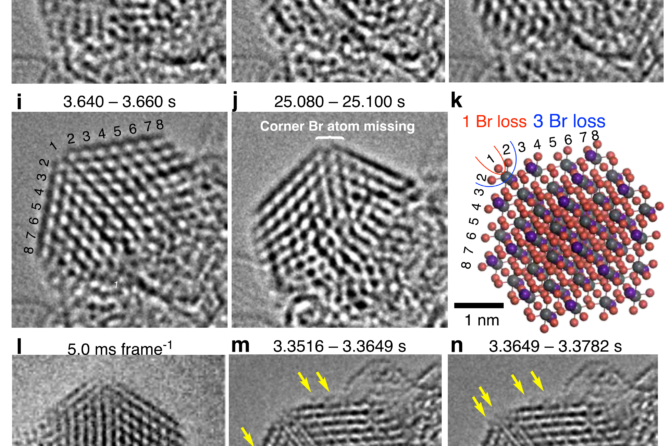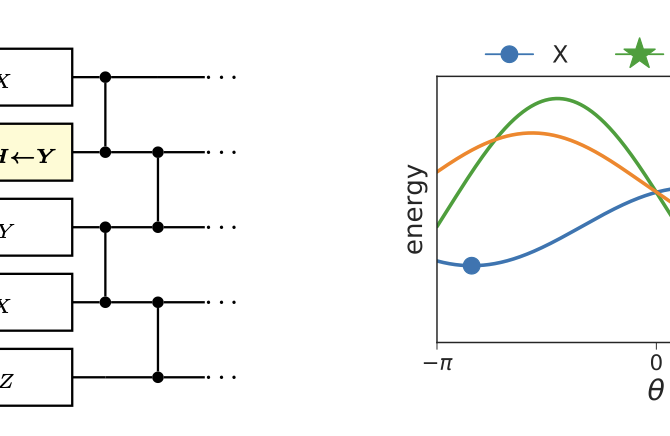Researchers at Helmholtz-Zentrum Berlin (HZB) have developed an innovative approach to read quantum spin states in diamonds using electrical signals rather than optical methods. This advancement could significantly simplify quantum sensors and computing hardware by eliminating the need for complex optical detection systems.
The breakthrough centers on Nitrogen Vacancy (NV) centers in diamonds—special defects whose electron spin states can store quantum information and serve as highly sensitive sensors. Traditionally, these spin states were detected through complex optical methods requiring the capture of single photons emitted when a spin flips, resulting in weak signals and complicated detection setups.
The HZB team developed a more elegant solution by leveraging the electrical charge properties of these defect centers. Using a modified version of Kelvin probe force microscopy (KPFM), they demonstrated that when laser light excites the NV centers, it generates free charge carriers that create a measurable voltage around the center. Crucially, this photovoltage varies depending on the electron spin state, enabling electrical readout of individual spins. They call this technique “Surface Voltage Detected Magnetic Resonance” (SVDMR).
This approach offers significant advantages over existing methods. Current electrical spin detection techniques typically require either extremely low temperatures and high magnetic fields or high electric fields with intense laser illumination, producing only small signal changes in the nanoampere range. In contrast, the new voltage-based approach can detect coherent spin dynamics more directly.
The research has potentially transformative implications for quantum technology development. As noted by Professor Klaus Lips, head of the Spins in Energy Conversion and Quantum Information Science department, this methodology could lead to “really tiny and compact diamond-based devices” by replacing complex optical components with simple electrical contacts. The technique could also extend beyond diamonds to other solid-state physics systems where electron spin resonance occurs.
By converting what was once considered a disadvantage—crystalline defects—into a technological advantage, this electrical spin detection method represents a significant step toward more practical and compact quantum technologies with applications ranging from ultra-sensitive quantum sensors to quantum computing hardware.
Reference: “Voltage detected single spin dynamics in diamond at ambient conditions” by Sergei Trofimov, Klaus Lips and Boris Naydenov, 14 April 2025, Nature Communications. DOI: 10.1038/s41467-025-58635-3



